When was the last time you booked an app-based taxi? Unless you reliably bring out your personal vehicle for every trip, we bet the answer is within the last week.
According to BusinessofApps data, the taxi app market is expected to surpass $280 billion by 2028, growing at a rate of over 4 percent from 2023 to 2028. The user base continues to expand, from professionals opting for rideshares to gig workers traveling home at unusual hours. Accordingly, the industry is advancing with fleet expansion, encompassing electric vehicles and increasing coverage.
Another area that demands attention is passenger safety and overall trip experience. Artificial intelligence and its ever-expanding scope can further the operations of app-based taxis in meaningful ways.
Here are three practical approaches to use AI-focused interventions for optimizing app-based taxi services.
1. Heatmaps for Taxi Demand Management
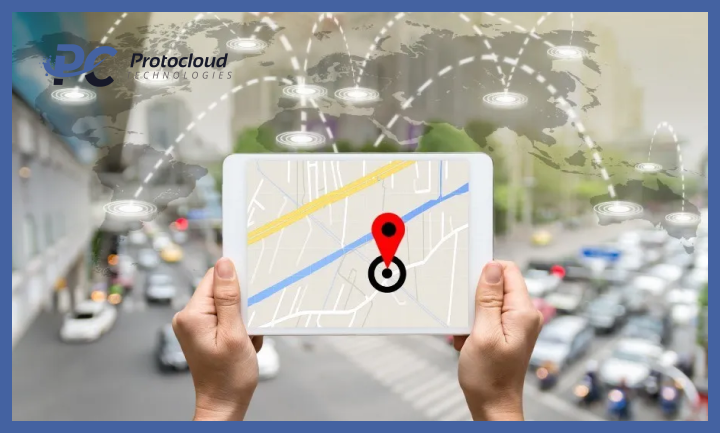
Surge pricing prevails as a vexing issue for passengers seeking app-based cabs. The problem is particularly relevant in markets like India, where adverse weather conditions and traffic congestion lead to steep price hikes. This affects price-sensitive users and can impact the sector’s growth over time.
AI can facilitate heatmaps as a practical solution for managing the demand-supply scenario in a way that considers both drivers’ and customers’ needs. Essentially, these live-demand maps can predict high-demand zones based on multiple factors: activity levels, weather forecasts, and ongoing community or neighborhood events.
Heatmaps can become an early warning system for drivers. They help them arrive at these hotspots well in time. The result is a sharp reduction in the downtime for passengers and the opportunity to serve more trips (and earn incentives) for drivers.
It can be a win-win. The impact is most visible in areas prone to bottlenecks, such as airport terminals and train stations.
The World Economic Forum notes that a kiosk-based model is also gaining popularity in handling price competition for taxis. These online taxi kiosks are centralized marketplaces that offer the best prices to the drivers while also assisting passengers in high-traffic areas.
This model can reduce drivers’ idle time, improving their earnings and job satisfaction. Over time, new taxi marketplaces can manage trip costs and reduce inefficiencies in the sector.
While managing demand and supply for price regulation has intrinsic challenges, AI-supported technologies can effectively streamline the process.
2. Detecting Unsafe Driver Behaviors

Recently, multiple reports have become public of unacceptable and even criminal behavior by drivers of some app-based taxis, such as Uber. Reuters recently reported the developments in a case from California, where a woman passenger alleged misbehavior from her driver, involving restraining and groping.
In fact, an Uber sexual assault lawsuit is currently ongoing, holding the company accountable for inadequate safety measures and background checks of drivers.
AI-led pattern analysis technology can detect potentially unsafe driver behavior and avoid such incidents. For example, historical analysis can identify cases where the driver opted for suboptimal routes through sparsely populated areas. It can make reasonable predictions based on negative customer reviews discussing behavior and conduct.
AI tools can also flag events of overspeeding or harsh braking, which increase the likelihood of accidents. When combined with cameras and sensors, these interventions can recognize signs of distracted driving, such as drowsiness. Fatigue is a legitimate concern among app-based taxi drivers, who often view the engagement as a gig and pull multiple shifts.
The information collected and studied by such tools will also be handy for subsequent action or legal proceedings. According to TorHoerman Law, the compensation settlements for complaints will depend on evidence of negligence, such as driver complaints and failure to conduct background checks. Having this data handy will benefit all parties, ensuring safer travel.
One key consideration here will be adhering to safety and privacy requirements. Principles of data minimization and responsible data handling can help reassure the involved parties. It will also be imperative to make data collection practices public (and avoid ambiguities).
3. Machine Learning for Route Optimization
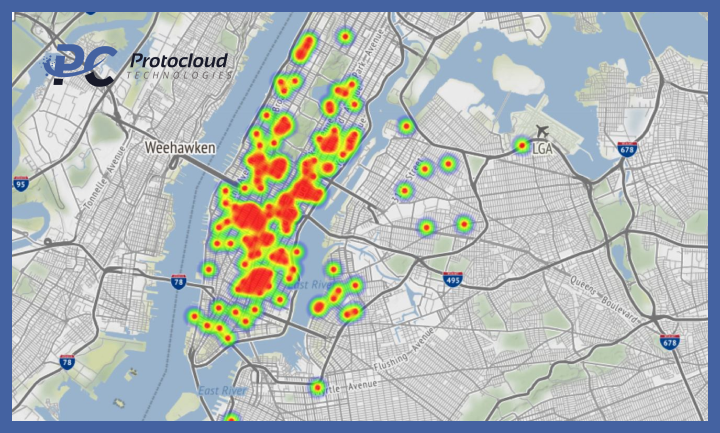
Most app-based taxis rely on GPS to navigate the vehicle through the recommended route. However, the advent of AI can improve this process manifold by employing machine learning (ML).
Consider a smart navigation system that analyses not only traffic data and road conditions but also past trips. Or a system that interprets historical data to predict traffic patterns in the future for scheduled trips. Machine learning tools can easily achieve this using algorithms, such as the “Vehicle Routing Problem”. This offers both drivers and passengers a more satisfactory experience.
One tool already realizing this in part is Google’s On-Demand Rides system. This tech stack combines traffic information with AI-enhanced routing to increase the accuracy of ETA (Estimated Time of Arrival). Some reports suggest that the platform has led to an average 23% improvement and has also reduced the overall trip duration.
If you plan to start an app-based taxi or scale an existing business, consider starting with a pilot project. Say, using dynamic geospatial data from Google Maps. It can facilitate optimal journeys and reduce ETA.
Additionally, some ML tools can also make trips more pleasurable through custom entertainment options. They consider driver preferences in music and ambient road conditions, building playlists accordingly. More pleasant drives are also likely to be faster and more efficient.
Taxi companies can learn from firms like FedEx and Amazon, which have adopted AI-Route Optimization (AIRO) as a principle. These organizations have already incurred significant savings in money, time, and emissions by implementing this approach.
These case studies can also provide valuable lessons in change management and integrating AI tools with existing systems, always a scenario notorious for employee resistance.
The Way Forward
In the near future, the taxi sector is bracing up to witness thrilling developments. The US is considering piloting electric air taxis to deepen America’s dominance in transportation and also support economic growth. The UK is considering starting driverless taxi trials in 2026 to advance its expertise in autonomous vehicle deployment.
The market is clearly ready for more tech-based innovations to enhance the customer experience and overall sectoral growth. Players who adopt AI-based technologies to fuel this growth can witness a strategic advantage in this competitive market.



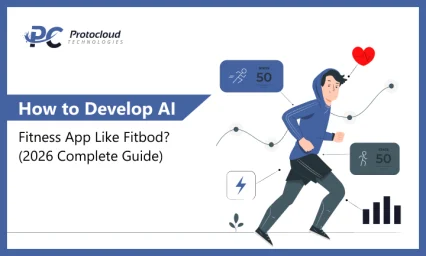
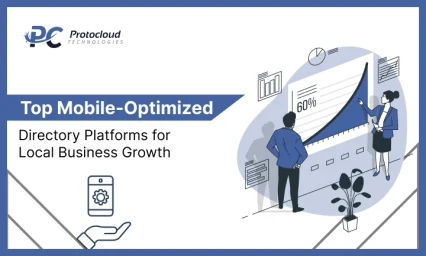
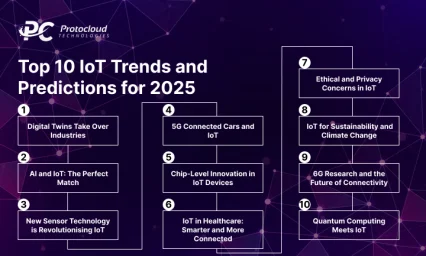





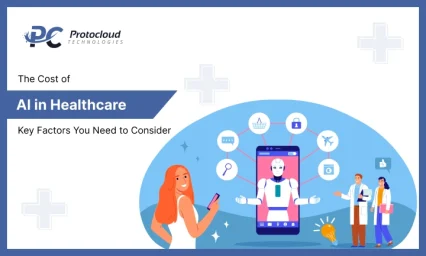


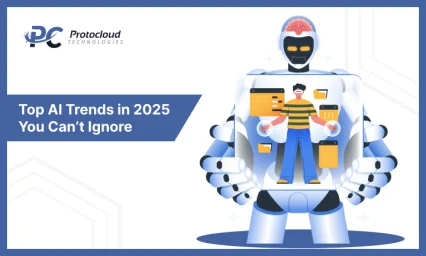




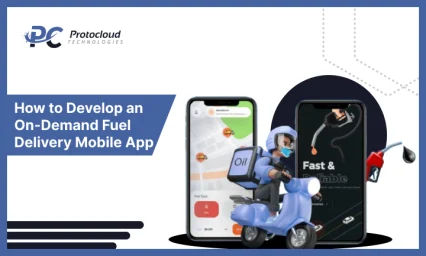









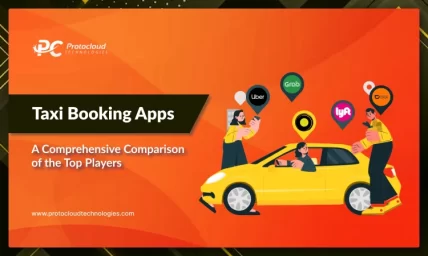









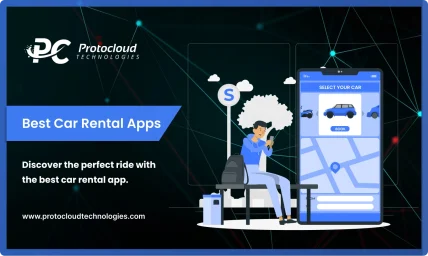









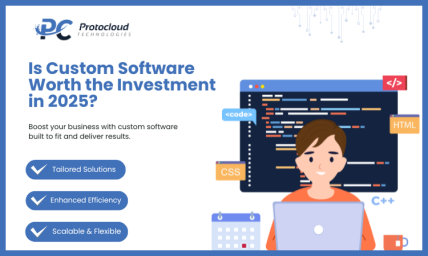














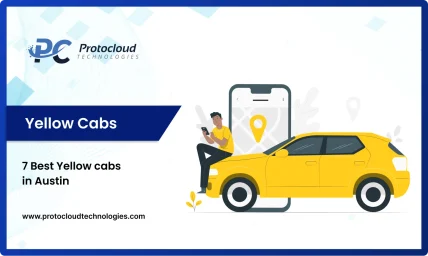
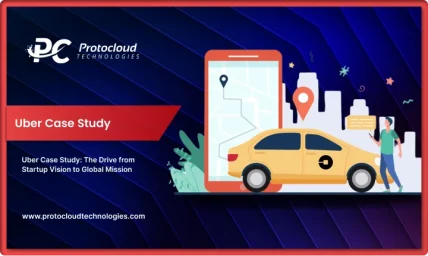



Leave a Reply